Sites
11
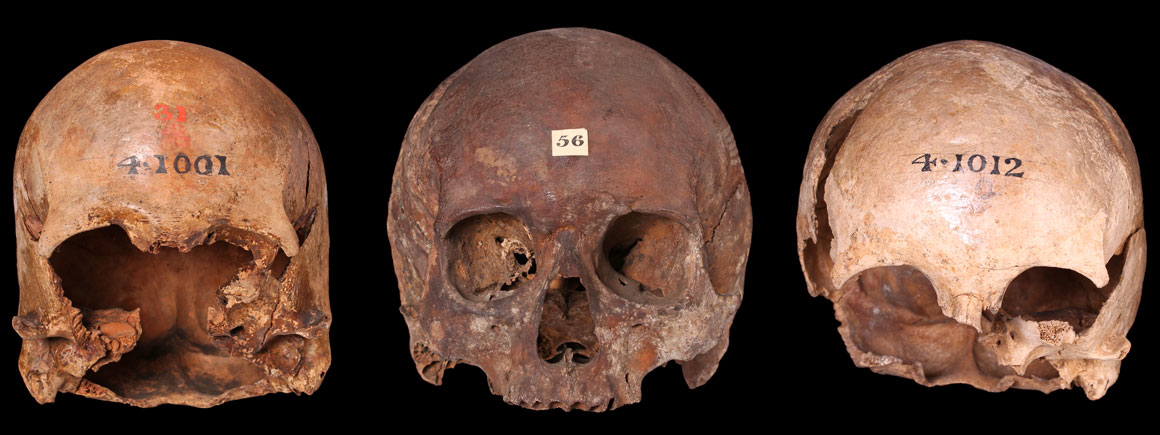
A series of crania from Iron Age or Roman sites
11
22
These Iron Age and Romano-British remains were recovered from multiple sites across London over the last 170 years.
Found predominantly in the City of London and Southwark during deep excavations for building works, these remains tell us the stories of the native Londoners and immigrants living in the growing metropolis of Londinium.
This individual (SK_165) was found between Bevis Marks and Houndsditch, near Aldgate, in the late nineteenth century. The remains were found a with stone displaying Roman inscriptions.
These remains were recovered from Commercial Road, near the Limehouse Cut, in 1906 during excavations for work on a gas main.
Archaeological excavations show evidence of prehistoric and Roman activity in the area.
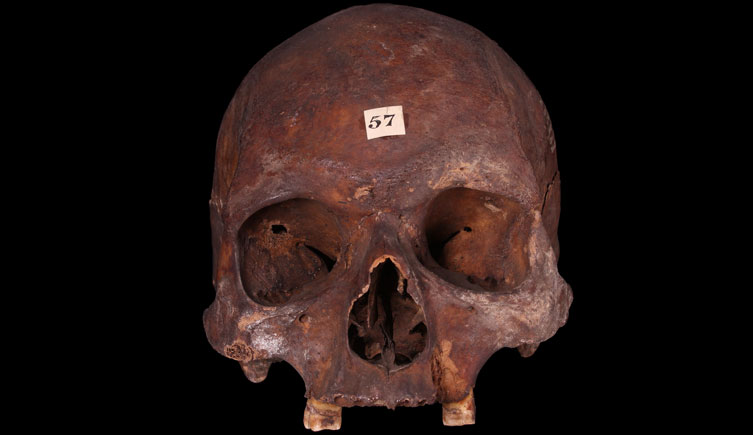
Cranium of an adult male excavated from a site in Commercial Street
This individual was found 20 feet below Fenchurch Street in a pit dated to the first century.

Skull of an adult female from Fenchurch Street, showing possible osteoarthritis of the occipital condyles.
These individuals were found in a six-metre-deep shaft excavated in 1962 during building works on Milton Street, just north-east of the Barbican Centre. These remains are stained due to high levels of iron in the soil.
These crania were recovered at a depth of 16 feet from current day Tabard Street (then named Kent Street) in Borough in 1847.
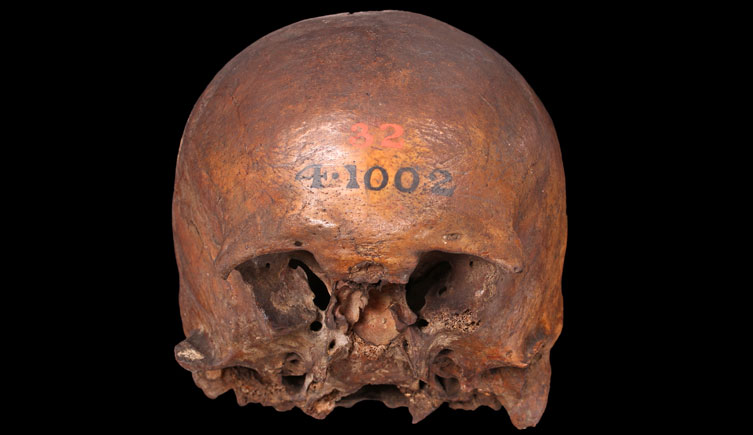
Adult, male crania from Kent Street
This cranium was recovered from a depth of just over four metres from King Street and Tennis Court (now Newcomen and Tennis Streets) in Borough in 1893.
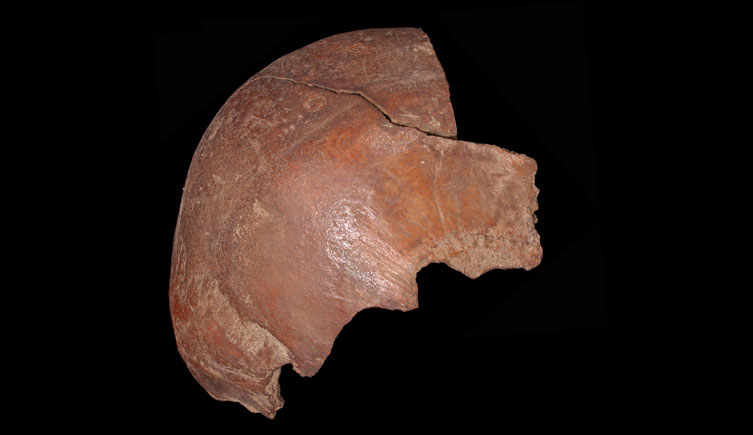
View of the right side of the cranium of adult from King Street
These remains were recovered in 1929 from one of the earliest Roman quays in London, at the current site of Regis House. Archaeological evidence from this site showed signs of extensive destruction by fire, which has been suggested as evidence of the Boudican revolt.

Arm bones of an adult, probable male individual from King William Street
These remains were uncovered during building works on the corner of Leman Street and what is now Prescot Street (formerly Great Prescott Street) in Whitechapel in 1931. Archives indicate that nearly a dozen articulated burials were uncovered as well as cremated remains in a burial urn. A copper-alloy bracelet was found with one individual and a coin was found on the skull of another individual. The coin, an antoninianus of Claudius Gothicus, dates from 268-270. From subsequent excavations conducted in this area we now know that these remains come from the large East London Roman cemetery.
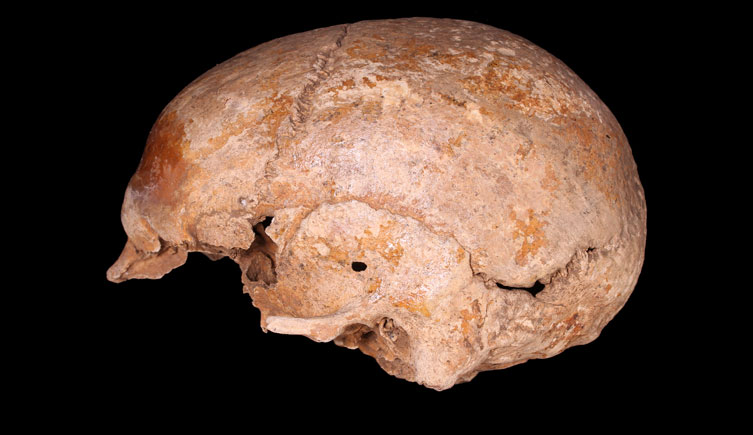
Adult skull from the East London Roman cemetery
The cranium of an adult male was found during the excavation of the rail line at Minories in 1882. This site lies just outside of the eastern wall of the Roman city and is likely to have been part of the East London Roman cemetery.
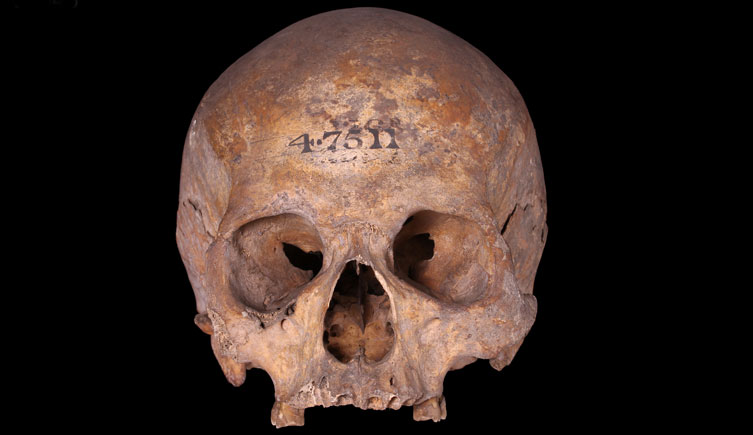
Cranium of an adult male excavated near Minories from the East London Roman cemetery
These remains were recovered from Old Broad Street. Archaeological evidence suggests that during the Roman period this area of the City had multiple tributaries of the Walbrook running through it. The dark brown staining of these remains indicates burial in alluvial (river) sediment, similar to the remains recovered from the Thames.
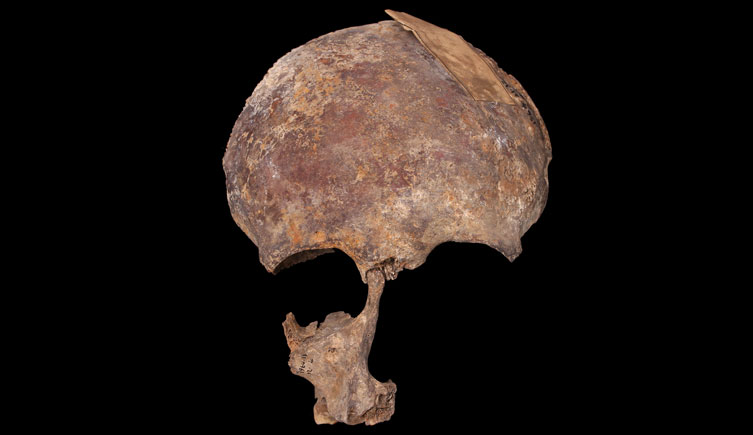
Sub-adult excavated from Old Broad Street
This cranium was recovered during excavations at Waterloo Station in 1880.
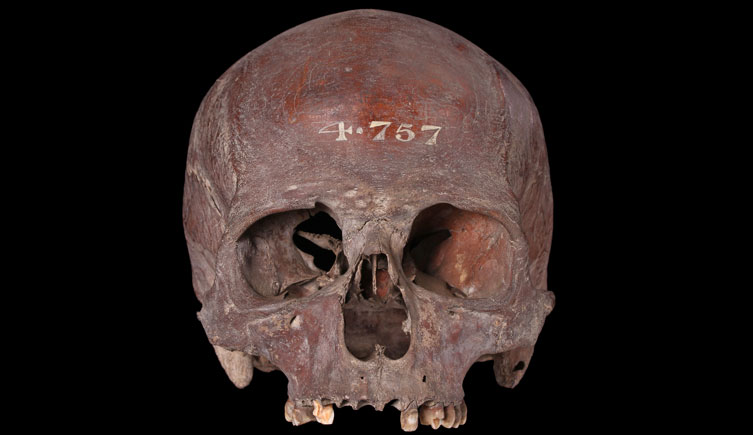
Cranium of adult, probable male excavated from Waterloo Station
The London human remains collection have been digitised
If you would like to use any specimens for research, please get in touch
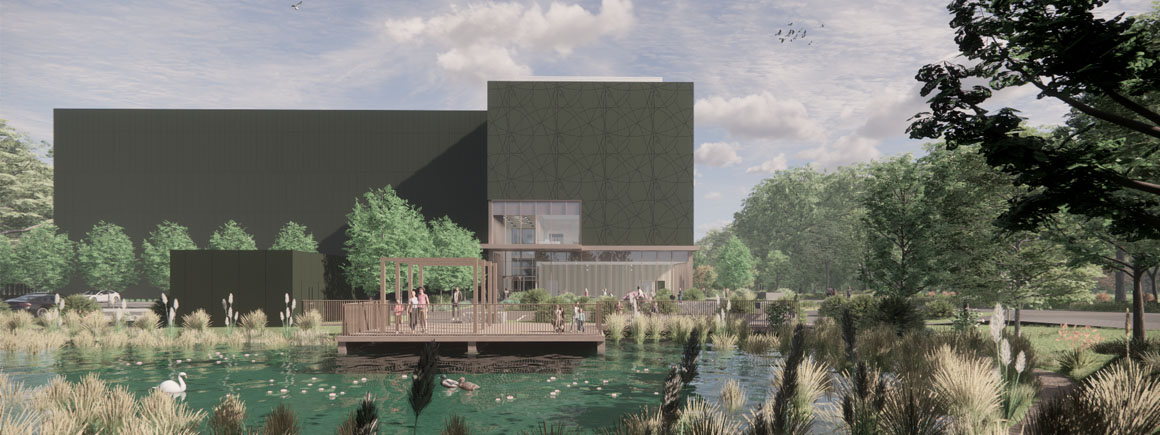
Access to some collections will be affected as we prepare for the move to our new collections, science and digitisation centre.
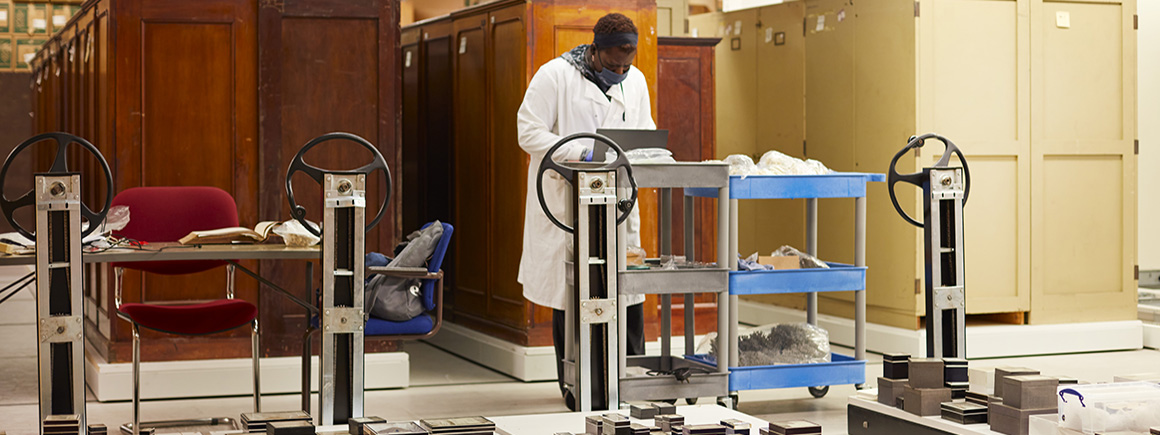
Scientists and collections management specialists can visit the collections and borrow specimens for research.
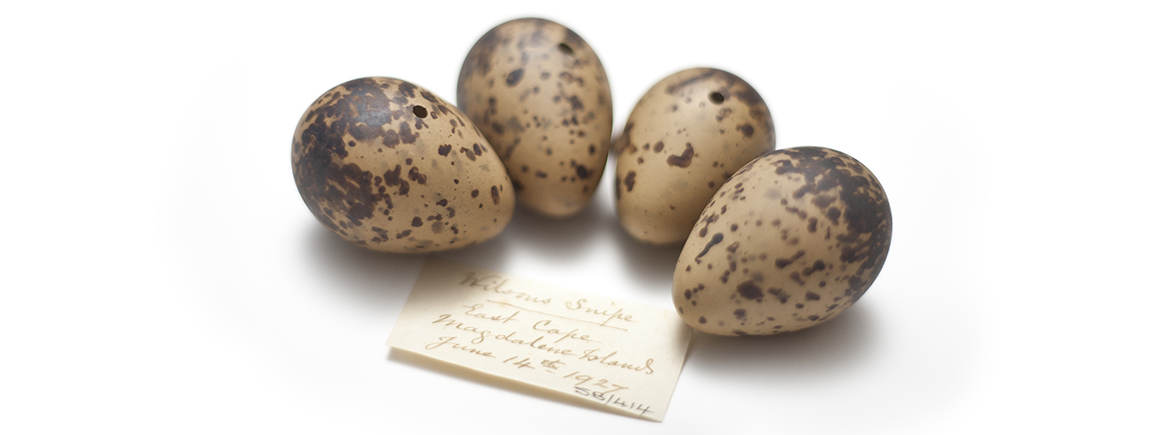
Our duty is to provide a safe and secure environment for all of our collections.